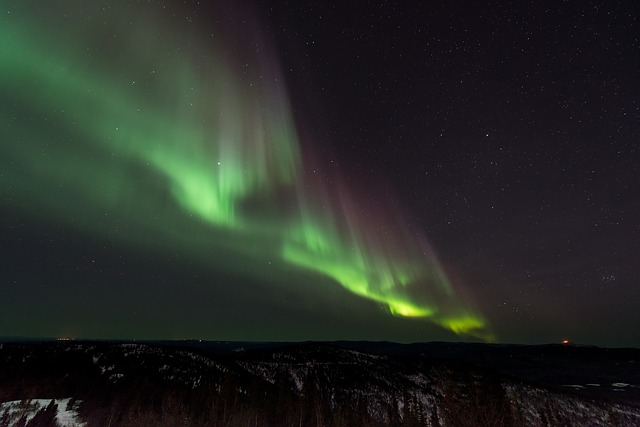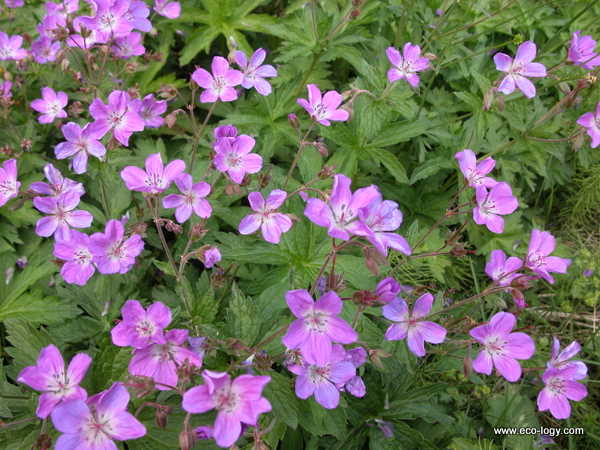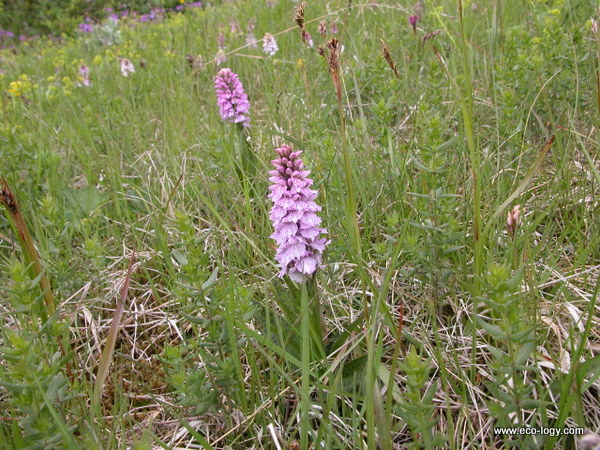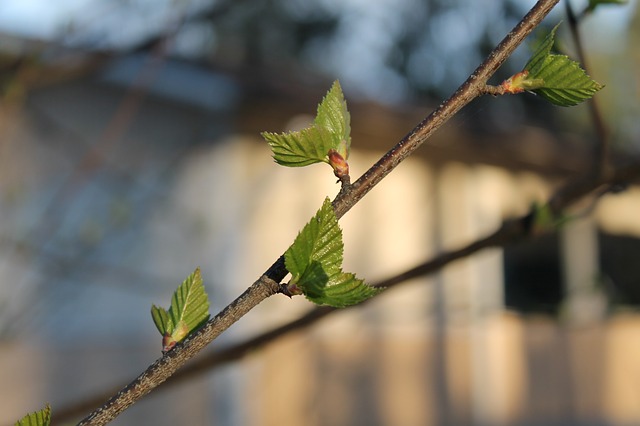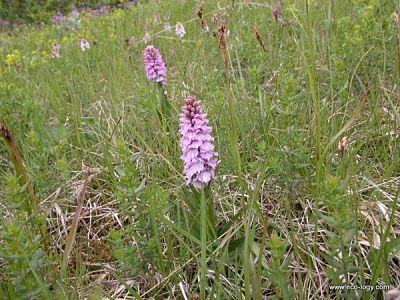Northern Woodlands
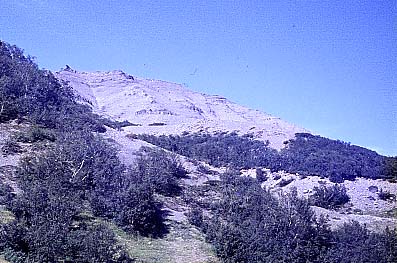
Icelandic birch (Betula pubescens) forms extensive woodlands in northern Europe and is the dominant woody species in the Subarctic covering vast territories and utilized by animals as well as humans. The northern woodlands represent a unique plant formation in the world whose biodiversity and cultural diversity are today endangered.
Here in Iceland, four species of shrubs often coexist in the woodlands: Icelandic Birch (Betula pubescens), Dwarf Birch (Betula nana), Woolly Willow (Salix lanata) and Tea-leaved Willow (Salix phylicifolia). More rarely you find Rowan (Sorbus aucuparia) and Aspen (Populus tremula).
Woodlands cover large areas, where Icelandic birch is the dominant woody species. In open woodlands there is diverse ground vegetation: low-growing berry shrubs, herbs, grasses, ferns and even sedges.
In Iceland, birch forms extensive woodlands that sustain important animal food webs. The birch woodlands are productive in terms of leaf biomass and seed production. Sheep may include birch in their diet, often preferring birch to other available vegetation.
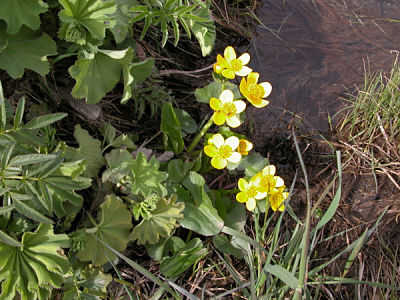
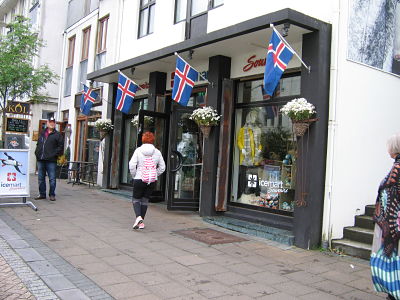

Fáðu nýjustu fréttir og tilboð frá Þund!
Get updates and special offers from Thund!

